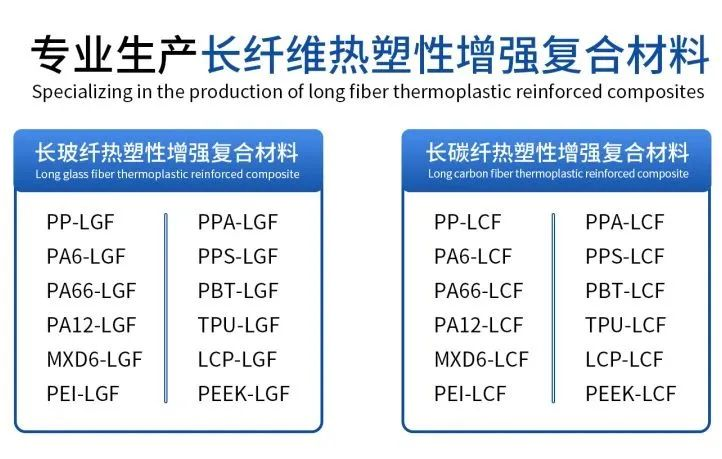новый блог
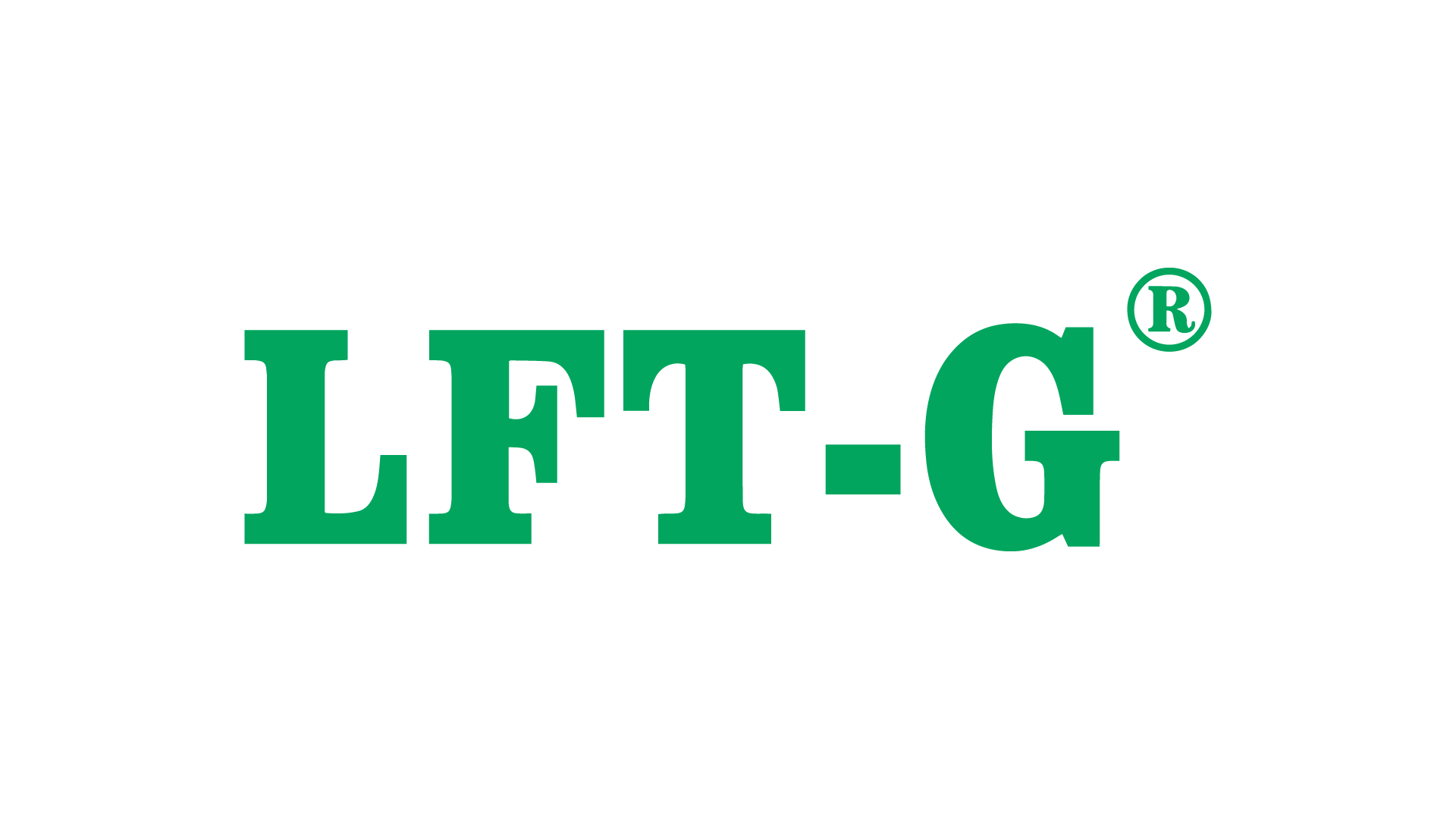
Обзор термопластичных композитов, армированных углеродным волокном
Углеродное волокно (УВ)
производится путем карбонизации органических волокон при высоких температурах в инертной атмосфере. Является прекрасным армирующим материалом благодаря
высокая прочность, высокий удельный модуль, превосходные термические свойства, химическая стабильность, а также характеристики демпфирования, снижения вибрации и снижения шума
.
По сравнению с
традиционные термореактивные композиты
, термопластичные композиты предлагают
более короткие циклы формования, более низкая токсичность химического состава, более высокая прочность, лучшая ударопрочность и устойчивость к повреждениям, более длительный срок хранения препрегов и более широкие возможности массового производства
.
Термопластичные композиты, армированные CF, сочетают в себе эксплуатационные преимущества как углеродного волокна, так и термопластичной смолы. Они не подвергаются химическому сшиванию после формования и могут быть переплавлены и переформированы, что упрощает переработку и повторное использование и решает проблемы утилизации термореактивных материалов CF по окончании срока службы. В процессе переработки термопластичные композиты на основе углеродного волокна подвергаются кристаллизации и стеклованию, в то время как термореактивные композиты на основе углеродного волокна подвергаются реакциям сшивания и отверждения.
С технической точки зрения термопластичные композиты на основе УВ сложнее пропитывать в процессе производства по сравнению с термореактивными композитами на основе УВ, но они обладают явными преимуществами:
более короткие циклы формования, превосходная ударопрочность, свариваемость, возможность вторичного формования и большая гибкость конструкции
.
Компоненты, изготовленные из термопластичных композитов, армированных углеродным волокном, обычно
легкий, высокопрочный, прочный и пригодный для вторичной переработки
. Они имеют широкие перспективы применения в
аэрокосмическая, военная, высокотехнологичная техника, медицинское оборудование и другие области
.
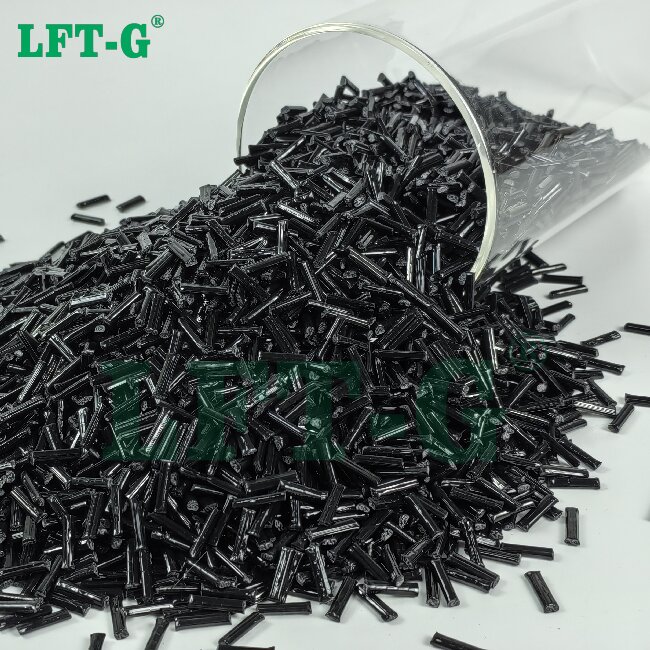
Композиты, армированные углеродным волокном, отличаются от традиционных материалов FRP, армированных стекловолокном или арамидными волокнами. Композиты CFRP (пластики, армированные углеродным волокном) обладают исключительными свойствами, в том числе:
Л
легкий вес
:
Традиционные композиты, армированные стекловолокном, используют непрерывное стекловолокно с массовой долей 70% (стекло/общий вес), обычно достигая плотности 0,065 фунта на кубический дюйм.
Высокая прочность
: Несмотря на свою легкость, композиты CFRP имеют значительно более высокую прочность и жесткость на единицу веса, чем композиты из стекловолокна. Их преимущество становится еще более выраженным при сравнении с металлами.
Например, опыт показывает, что материалы из углепластика весят всего 1/5 стали при эквивалентной прочности. Понятно, почему производители автомобилей активно изучают углеродное волокно в качестве заменителя стали для улучшения эксплуатационных характеристик автомобиля. По сравнению с алюминием — одним из самых легких металлов — при эквивалентных прочностных предположениях алюминий все еще весит около в 1,5 раза больше, чем углеродное волокно.
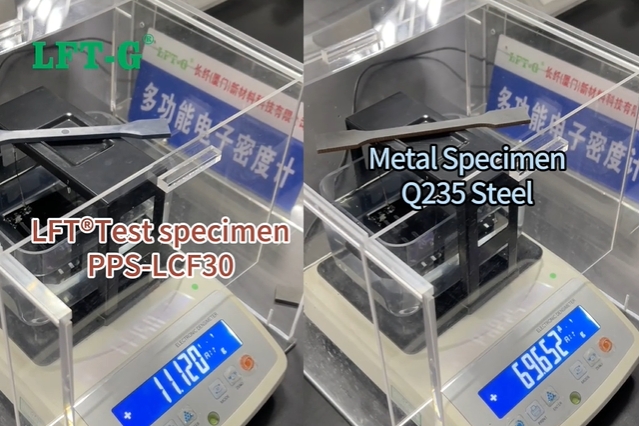
Обычные смолы, используемые в термопластичных композитах, армированных углеродным волокном, включают: PEEK (полиэфирэфиркетон), TPI (термопластичный полиимид), PPS (полифениленсульфид) и PEKK (полиэфиркетонкетон) .
Ниже приводится краткое описание трех типов: термопластичный полиимид, армированный углеродным волокном, полифениленсульфид, армированный углеродным волокном, и полиэфирэфиркетон, армированный углеродным волокном .
1.
Композиты из термопластичного полиимида (ПИ), армированного углеродным волокном
Как новое поколение высокопроизводительных специальных конструкционных пластиков, сохраняют высокую прочность, стойкость к высоким температурам, химическую стойкость, хорошие диэлектрические свойства и радиационную стойкость традиционных термореактивных полиимидов. Они также обладают выдающимися преимуществами в области ударной вязкости и термической обработки, что позволяет использовать не только горячее прессование, но и экструзию и литье под давлением. Добавление углеродного волокна значительно улучшает механические свойства термопластичного полиимида; когда объемная доля углеродного волокна достигает 30% , прочность на растяжение и изгиб составляет около 2-3 раза что чистая смола. Армирование углеродным волокном также придает еще лучшая термостойкость и механические характеристики , что делает термопластичные полиимидные композиты идеальными для высококачественные, износостойкие и коррозионно-стойкие применения .
2.
Композиты из полифениленсульфида (ПФС), армированные углеродным волокном
Полифениленсульфид (ПФС) также является одной из самых популярных термопластичных смол в композитной промышленности. Он проявляет
отличные механические свойства, коррозионная стойкость и внутренняя огнестойкость
, что делает его популярным матричным материалом для различных высокопроизводительных композитов. Механические свойства композитов PPS, армированных углеродным волокном, зависят от содержания углеродного волокна; в пределах определенного порога более высокое содержание углеродного волокна приводит к большей несущей способности. Эксперименты показали, что даже при колебаниях температуры до 100°C композитные панели PPS, армированные непрерывным углеродным волокном, сохраняют хорошую стабильность в прочности на межслойный сдвиг (ILSS).
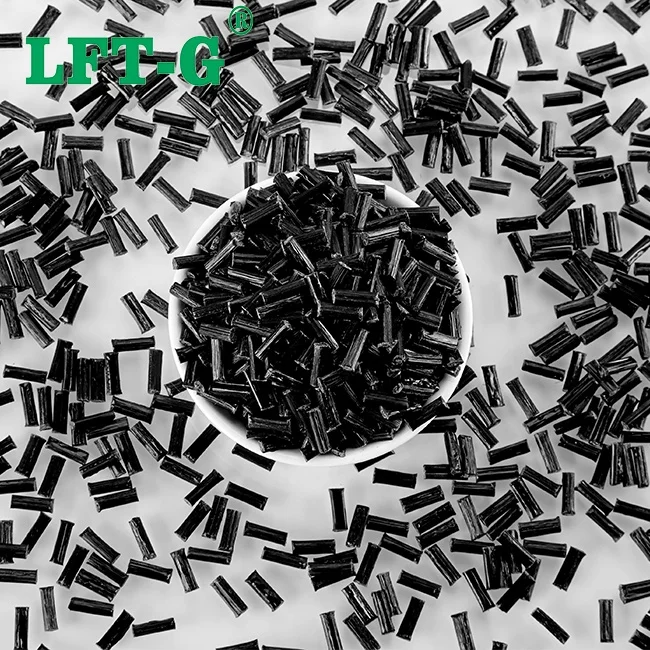
3.
Композиты из полиэфирэфиркетона (ПЭЭК), армированные углеродным волокном
Композиты из полиэфирэфиркетона (ПЭЭК) известны своими
высокая жесткость, превосходная размерная стабильность, низкий коэффициент теплового расширения и способность выдерживать огромные нагрузки без значительного удлинения с течением времени
. Более того, PEEK имеет
низкая плотность, хорошая обрабатываемость, подходит для деталей, требующих высокой точности
. Сам ПЭЭК является одной из термопластичных смол с превосходной термостойкостью, выдерживающей длительные рабочие температуры до
250°С
, в то время как его механические свойства остаются практически неизменными в таких высокотемпературных средах. Используя
углеродное волокно
в качестве подкрепления, производительность PEEK с точки зрения
прочность, жесткость и износостойкость еще больше повышаются
, что также значительно увеличивает общий срок службы изделия. Экспериментальные исследования показали, что при содержании углеродного волокна от 30% до 40% износостойкость композитного материала на основе ПЭЭК значительно улучшается. Добавление углеродного волокна эффективно повышает его прикладную ценность и диапазон.
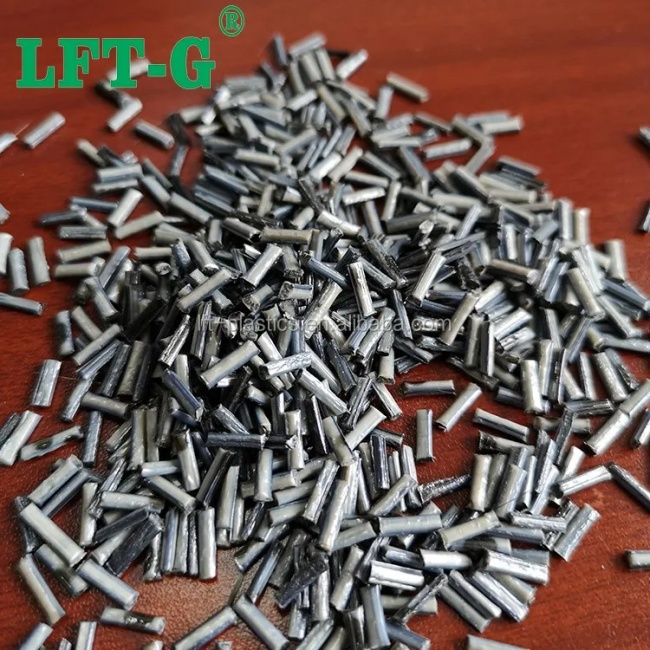
Для получения дополнительной информации о материалах, армированных углеродным волокном, свяжитесь с нашей технической группой по продажам.
Запросите подробные технические паспорта, образцы или цены, чтобы узнать, как этот высокопроизводительный композит может улучшить вашу продукцию.
